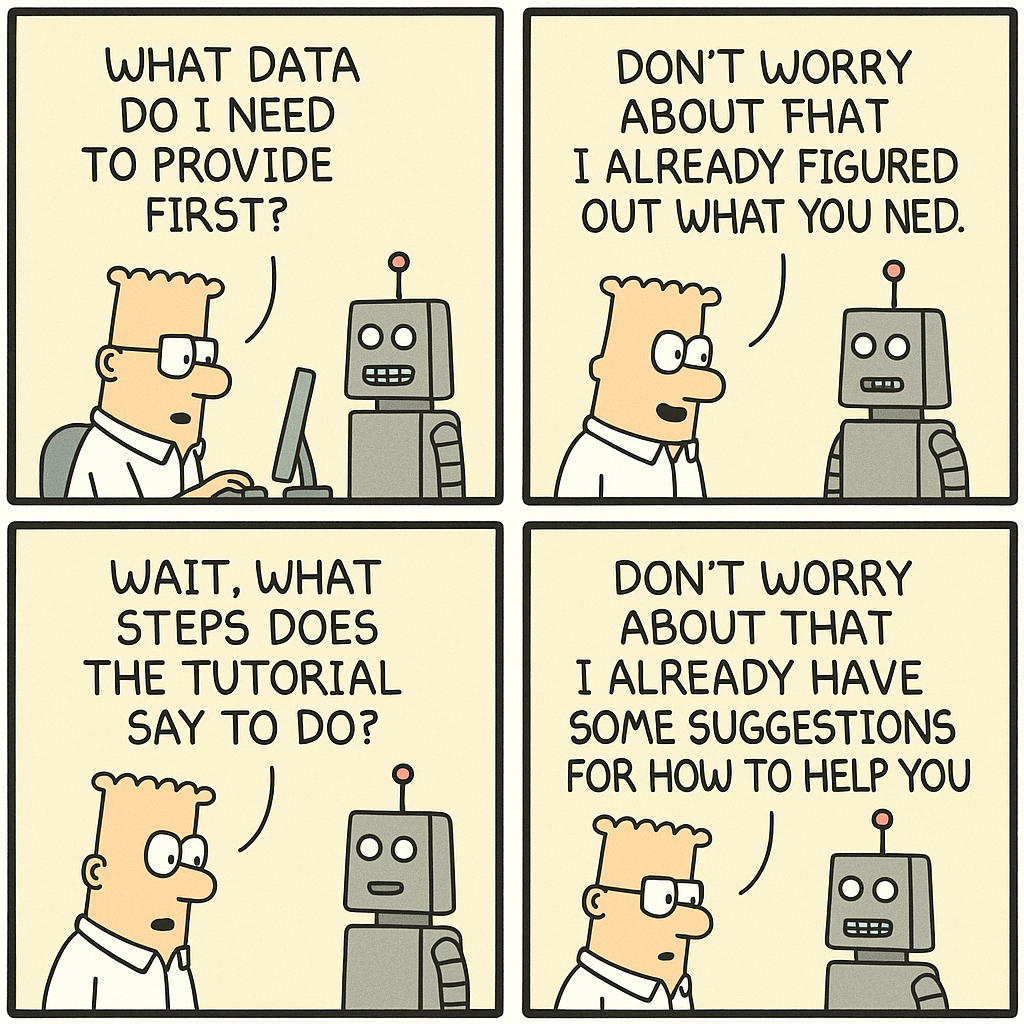In a room full of whiteboards and Post-it notes, where every problem feels like an opportunity to build more, a quiet danger lurks: complexity. It starts innocently enough—a feature here, a new process there. But layer by layer, the product grows harder to explain, harder to use, and harder to sell. Complexity doesn’t just happen; it creeps. And for companies trying to scale, it’s often the silent killer of momentum.
Complexity is seductive
Complexity tricks us into believing we’re doing important work. When teams brainstorm a new feature or process, it feels productive. More features must mean more value, right? But in truth, complexity creates friction—friction for customers trying to use your product, for sales teams trying to pitch it, and for engineers trying to maintain it.
The deeper problem is that complexity often comes from good intentions. Teams want to address every customer request, solve every edge case, and future-proof against every hypothetical scenario. But in the pursuit of “more,” companies lose sight of the singular purpose that makes their product valuable in the first place.
Why Companies Fall Into the Complexity Trap
1. Fear of Saying No
It’s hard to tell a customer or stakeholder, “No, we won’t build that.” But without guardrails, products become Frankensteins—patched together with pieces that serve no cohesive vision.
2. Internal Silos
When teams operate independently without a shared North Star, complexity thrives. Marketing adds features to drive demand; engineering adds capabilities to improve architecture; product adds functionality to delight niche users. The result? A bloated product no one understands.
3. Misguided Metrics
Teams often measure progress by how much they ship. More features, more lines of code, more processes—it feels like progress. But “more” is not the same as “better.”
The Psychology of Simplicity
Simplicity feels risky. Cutting a feature feels like taking away value. Streamlining a process feels like losing control. But simplicity is powerful because it creates clarity—clarity for your customers, your team, and your business.
Consider some of the most successful companies in the world. Apple didn’t sell the iPhone because it had the most features; they sold it because it was the easiest to use. Tesla didn’t disrupt the auto industry by building the most complicated cars; they won by eliminating noise and focusing on the essentials.
How to Escape the Complexity Trap
Escaping complexity requires courage, discipline, and a willingness to challenge assumptions. Here’s how:
1. Define Your North Star
Every product, process, and team needs a North Star—a single guiding principle for what success looks like. For products, this might be a singular value proposition. For teams, it might be a shared customer outcome. Without a clear North Star, complexity becomes inevitable.
2. Kill Your Darlings
In writing, the phrase “kill your darlings” means cutting even your favorite lines if they don’t serve the story. In business, it means eliminating features, processes, or ideas that no longer serve the customer or the company. Be ruthless in removing anything that creates friction.
3. Test for Clarity
Simplicity isn’t just about what you build—it’s about how well people understand it. Regularly test your product messaging and UX with customers. If it takes more than 10 seconds to explain, it’s too complex.
4. Build a Culture of Simplicity
Simplicity isn’t a one-time project; it’s a mindset. Celebrate teams that reduce complexity. Reward those who find ways to streamline. Make simplicity part of your company DNA.
The Rewards of Simplification
Simplicity isn’t just about making things easier; it’s about making them better. Simpler products are easier to sell, easier to use, and easier to scale. Simpler processes free up time and energy for innovation. Simpler messaging creates loyal customers who truly understand your value.
The companies that escape the complexity trap are the ones that grow faster, scale smarter, and build enduring customer love. Simplicity doesn’t mean settling for less; it means achieving more by focusing on what truly matters.
The challenge is this: Can you let go of “more” to embrace “better”?
If you’re willing to ask hard questions, say no when it matters, and strip away what doesn’t serve your mission, you’ll find simplicity is the foundation for greatness.
Next Steps
Want to escape the complexity trap? Start with this: Gather your team and ask, “What would we simplify if we were building this product from scratch today?”
You might be surprised at what you uncover—and the clarity that follows.
















